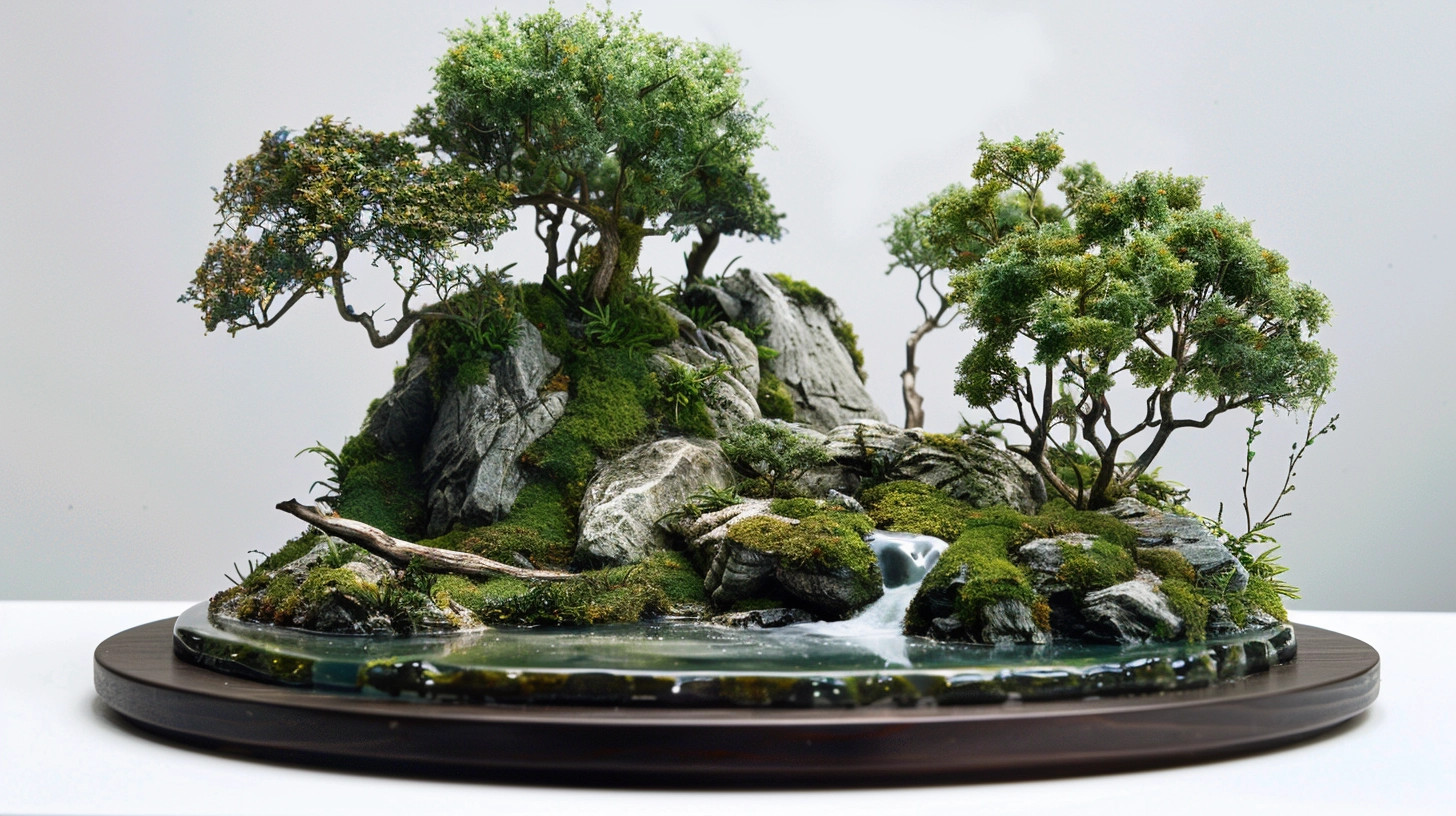The word “diorama” has its origins in the early 19th century, deriving from the Greek words “dia,” meaning “through,” and “orama,” meaning “that which is seen, a view.” The term was originally coined to describe a mobile theatre exhibition invented by Louis Daguerre and Charles Marie Bouton, first exhibited in Paris in 1822. These early dioramas were large-scale theatrical experiences, showcasing scenes that changed in appearance through alterations in lighting and perspective, creating an illusion of depth and realism.
The original dioramas involved a large, room-sized apparatus where audiences would sit in a darkened room facing a translucent screen. Behind the screen, various scenes were painted on large pieces of canvas or similar materials. By manipulating the light source behind the scenes, the appearance of the images could change, simulating different times of day or weather conditions. This effect created a dynamic viewing experience that was incredibly immersive for its time.
Over time, the term “diorama” evolved to encompass a broader range of three-dimensional models and displays, beyond the theatrical presentations of Daguerre and Bouton.
These days, dioramas are a captivating form of art and education, offering a three-dimensional full-scale or miniature model that depicts a scene or event, often with meticulous detail and realism. The purpose of dioramas ranges from educational to artistic, serving as tools for storytelling, historical documentation, and the exploration of natural habitats and events. They are utilized in museums, galleries, educational institutions, and as a hobby, providing immersive experiences that enhance our understanding and appreciation of various subjects.
The construction of these objects involves several stages and techniques, depending on the complexity and purpose of the project. At the core, diorama makers focus on achieving realism and accuracy, often requiring extensive research and planning. The process begins with designing the scene, which involves sketching layouts and deciding on the scale. This stage is crucial for ensuring that all elements of the diorama will be proportionally accurate and visually coherent.
Materials used in diorama construction vary widely, including but not limited to plastic, wood, metal, foam, and natural elements like soil and vegetation. The choice of materials often depends on the diorama’s subject and the desired level of detail. For example, model builders creating a historical battle scene might use plastic figures and foam landscapes, while a natural habitat diorama could incorporate real plants and soil.
The actual construction begins with building the base and background, setting the stage for the scene. This might involve sculpting terrain, painting backdrops, or constructing buildings and other structures. Attention to detail is paramount in this phase, as the background sets the tone and context for the entire diorama.
Adding figures, vehicles, and other main elements is the next step, where the scene truly starts to come alive. These items are often painted and modified to match the diorama’s era, setting, and mood. Positioning these elements requires a careful balance between realism and artistic expression, ensuring that the scene is dynamic and engaging.
Final touches include adding smaller details like foliage, weather effects, and signage. These elements, though small, significantly contribute to the diorama’s realism and depth. Techniques such as airbrushing, weathering, and aging are used to give the scene a more lifelike appearance.
Lighting plays a crucial role in bringing a diorama to life, enhancing the mood and highlighting key features. Strategic lighting can create time-of-day effects, shadows, and focus points, adding to the immersive experience.
In conclusion, dioramas are a powerful medium for storytelling and education, offering viewers a three-dimensional glimpse into different worlds. Their construction is an art form that requires a blend of creativity, precision, and technical skill. Through careful planning, material selection, and detailed execution, diorama makers create compelling scenes that captivate and educate audiences, bridging the gap between imagination and reality.
